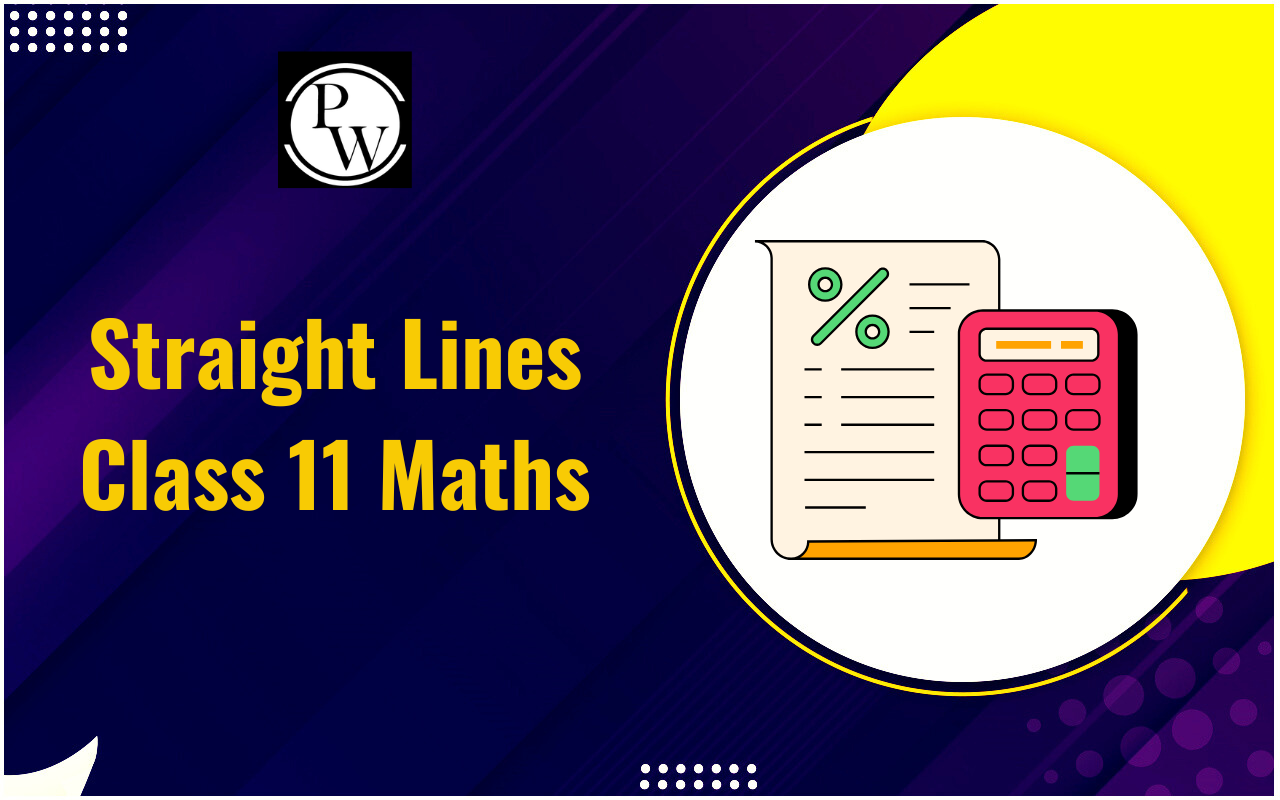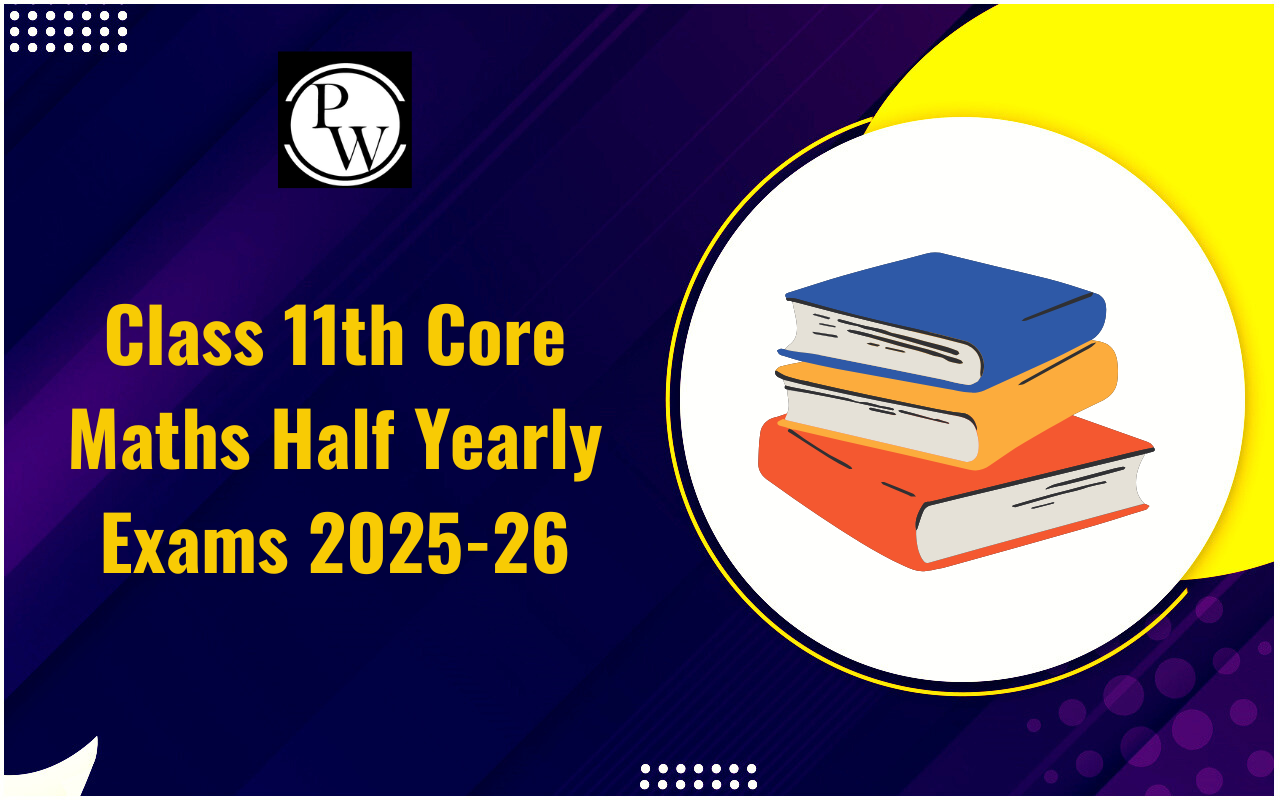
Arithmetic Mean: A measure of central tendency is a single number that seeks to represent a collection of data by identifying the data's center location. As a result, measures of central tendency are often known as measures of central location. They're also known as summary statistics. The arithmetic mean (commonly referred to as the average) is likely the most identifiable measure of central tendency, but there are others, such as the median and the mode.
The mean, median, and mode are all useful measures of central tendency, yet based on the circumstances, some measures of central tendency are more acceptable to utilize than others.
Arithmetic Mean Meaning
Arithmetic mean, sometimes simply termed the average, is a fundamental notion that reflects the sum of a collection of numbers divided by the count of those numbers. To compute the arithmetic mean, you sum up all the numbers in a particular data set and then divide the total by the number of values in that set.
It is the most popular method of presenting a typical value inside a set of integers. For example, if you want to calculate the median score of a class of students, you add up each student's score and divide the result by the total number of students.
Arithmetic Mean Formula
The formula for the mean, also known as the average, can be expressed as follows:
Arithmetic Mean= Sum of all the numbers in the data set/Total number of numbers in the data set
Or
The formula for the sample arithmetic mean, denoted as xˉ (pronounced as "x-bar"), can be expressed as follows:
xˉ =∑ n i=1 xi
In this formula:
- xˉ represents the sample arithmetic mean or sample average.
- xi represents each individual number in the data set, where i ranges from 1 to n, indicating the total number of sample observations.
- The symbol ∑ denotes summation, indicating that you should add up all the individual numbers xi from i=1 to n.
- n represents the total number of sample observations in the data set.
What is Central Tendency?
Central tendency refers to a statistical concept that identifies a single, representative value within a dataset. It represents the middle or central position of the data and gives a sense of its typical or average value. Central tendency measures, such as mean, median, and mode, offer insights into the general trend of the data.
Objectives of Arithmetic Mean
(A) To provide a quick overview of data
- The average condenses the data into a single number, making it simpler to comprehend and retain.
(B) To facilitate comparisons
- Averages are very useful for conducting comparison studies since they condense large amounts of statistical data into a single figure.
(C) To assist with decision-making
- The majority of research and planning choices are based on the average value of particular variables.
(D) To assist in policy formation
- It is very beneficial in policy formation.
- For example, in order to eradicate poverty in India, the government considers per capita income.
Types of Arithmetic Mean
1. Simple Arithmetic Mean:
This is the most basic form of the mean, calculated by summing up all the values in a dataset and dividing the total by the number of values. It is widely used to determine the central tendency of a set of numbers.
2. Weighted Arithmetic Mean:
In this type, each number in the dataset is multiplied by a specific weight, reflecting its significance or importance. The weighted arithmetic mean provides a more accurate representation of the data when certain values carry more weight than others.
3. Relative Arithmetic Mean:
Relative mean compares the average of a subset of numbers to the overall average of the entire dataset. It helps in understanding how specific elements deviate from the overall average, providing insights into variations within the data.
Merits and Demerits of Arithmetic Mean
Arithmetic mean, a widely used statistical measure, comes with its own set of advantages and disadvantages. Here’s an overview:
Merits:
Provides a Simple Representation: Arithmetic mean gives a clear and easy-to-understand representation of the central tendency in a dataset.
Widely Applicable: It may be utilized with numerous forms of data, making it useful for a wide variety of applications.
Useful for Additional Calculations: Often used as a foundation for more advanced statistical studies, making it a crucial tool in research and processes of decision-making.
Stable Under Addition or Subtraction: Arithmetic mean remains unchanged when new values are added or existing ones are removed, ensuring stability in calculations.
Demerits:
Sensitive to Outliers: Susceptible to extreme values, causing the mean to be skewed and not truly representative of the majority of the data.
Not Ideal for Skewed Distributions: In cases of highly skewed data, the mean might not accurately reflect the central tendency due to its sensitivity to outliers.
Requires Interval or Ratio Data: Unsuitable for nominal or ordinal data, limiting its applicability in certain types of research.
Affected by Missing Values: Presence of missing or incomplete data can significantly impact the accuracy of the arithmetic mean, making it less reliable in such situations.
| Read Related Topics | |||
| Inflation Rate | Income and Expenditure Account | Past Adjustments | New Profit Sharing Ratio |
| Income Method | Forfeiture of Shares | Income Elasticity of Demand | Income Statement |
Arithmetic Mean FAQs
What Data Types Can Arithmetic Mean Handle?
How is Mean Calculated?
When Should Weighted Arithmetic Mean be Used?
What Does Harmonic Mean Measure?
How to Deal with Outliers in Mean?










